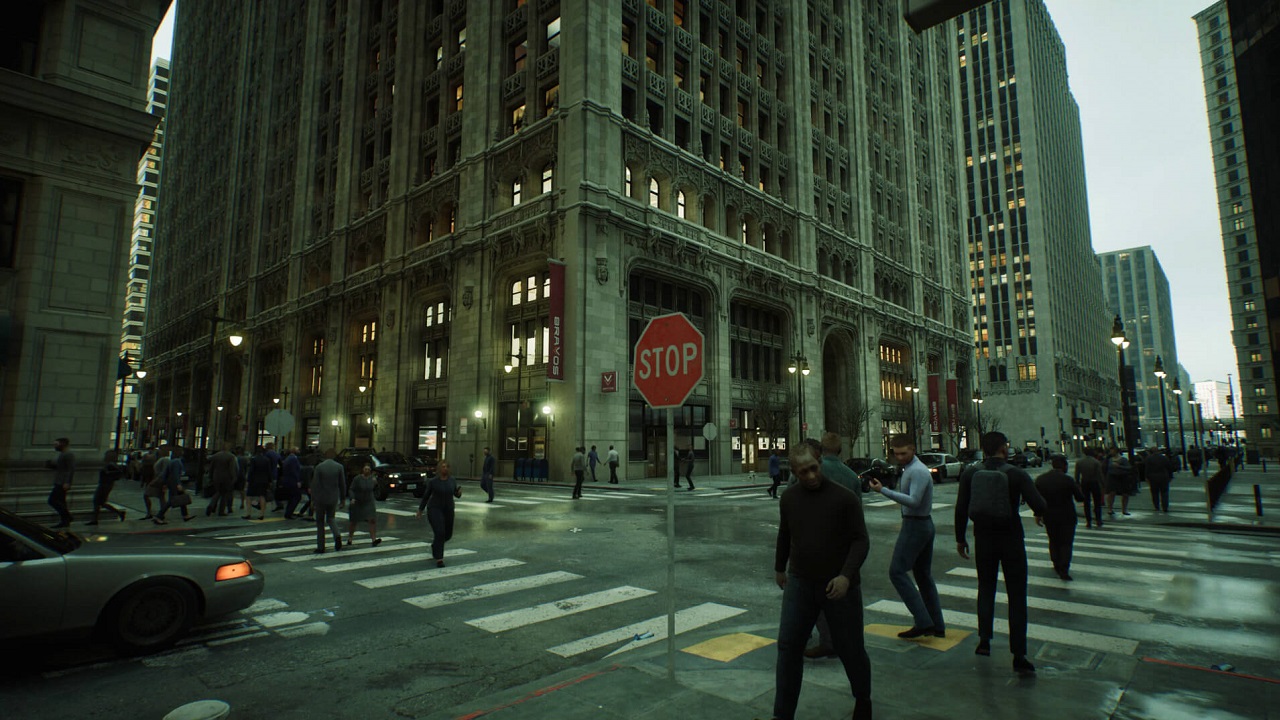Ready to find out what are the Unreal Engine 5 system requirements? Let’s see if you can run it.
Unreal Engine 5 is one of the most advanced game design tools for producing digital photorealistic scenes and environments. UE 5 is also used in cinematography as shown in the behind-the-scenes documentary by Insider for The Mandalorian, which demonstrates again how close the reality it’s visual fidelity is. If you’ve watched The Mandalorian and didn’t know it was done using UE5, you probably thought the background scenes were actually real. Well, they were actually Unreal.
As seen in the State of Unreal showcase, the advanced game engine is extremely powerful and it just keeps improving with every update (check out the Unreal Engine 5.2 release notes for more details).
Today we’re going through the Unreal Engine 5 system requirements to see if you have what it takes to run the most complex game engine to date. Also, if you’re just getting started with this fabulous game engine, check out our comprehensive Unreal Engine 5 tutorial guide.

Unreal Engine 5 system requirements
At first glance, the UE5 system requirements don’t seem so high. Let’s start with the Unreal Engine 5 minimum system requirements for Windows:
- Operating System: Windows 10 64-bit version 1909 revision 1350 or higher, or versions 2004 and 20H2 revision 789 or higher
- Processor: Quad-core Intel or AMD, 2.5 GHz or better
- Memory: 8 GB RAM
- Graphics Card: DirectX 11 or 12 compatible graphics card
These are the minimum system requirements for Mac:
- Operating system: macOS Monterrey
- Processor: Quad-core Intel 2.5 GHz or better
- Memory: 8 GB RAM
- Graphics Card: Metal 1.2 compatible card
And these are the minimum system requirements for Linux:
- Operating System: Ubuntu 22.04
- Processor: Quad-core Intel or AMD, 2.5 GHz or faster
- Memory: 32 GB RAM
- Video Card: NVIDIA GeForce 960 GTX or Higher with the latest NVIDIA binary drivers
- Video RAM: 8 GB or more

Apparently, the system requirements are pretty low. However, as these are just the minimum required to run, it might become tricky when it comes to developing large and complex worlds. Let’s see for example what builds they use and the Epic Games offices, these being the recommended system requirements for performance:
- Operating system: Windows 10 64-bit (Version 20H2)
- Processor: Six-Core Xeon E5-2643 @ 3.4GHz
- Memory: 64 GB RAM
- Graphics card: NVIDIA GeForce RTX 2080 SUPER
- Disk space: 256 GB SSD (OS Drive) / 2 TB SSD (Data Drive)
- Additional software: Xoreax Incredibuild (Dev Tools Package)
Some of the more complex Unreal Engine 5 games require a lot of power to be built, as we can see above. The Unreal Engine 5.1 updates including the Nanite, Lumen and the improvements brought to these in the 5.2 one require a lot of power. How much exactly? See below the requirements for rendering features:
The Lumen Global Illumination and Reflections
- Software Ray Tracing: Video cards with DirectX 11 support for Shader Model 5
- Hardware Ray Tracing: Windows 10 with DirectX 12 support and Video cards must be NVIDIA RTX-2000 series and higher, or AMD RX-6000 series and higher
Nanite Virtualized Geometry
- All new versions of Windows 10 (newer than version 1909.1350) and Windows 11 with support for DirectX 12 Agility SDK are supported.
- Up-to-date graphic drivers
Virtual Shadow Maps
- All new versions of Windows 10 (newer than version 1909.1350) and Windows 11 with support for DirectX 12 Agility SDK are supported.
- Up-to-date graphic drivers
Temporal Super Resolution
- Video cards with support for Shader Model 5. The limit of 8UAVs per shader has performance implications. Temporal Super Resolution shaders compile with 16-bit types enabled on D3D12 that support Shader Model 6.
After all, it seems that the Unreal Engine 5 system requirements aren’t that high to run the tool. But they increase with the need of using more complex features of it. If you wish to find out more about the tool requirements, you can do it here on their official docs. This includes software requirements as well. The community already creates amazing content with it. Let’s take, for example, Anime Tokyo, a game built by a community member:

We’re really excited about Unreal Engine 5 and we warmly recommend you try it if you’re an established or aspiring game designer! Unreal Engine is completely free if your game sales are below $1,000,000. If you go over the one million USD threshold, Unreal takes a cut of 5%, which is more than reasonable let’s be honest.
If you want to try your hand at building a game using Unreal Engine 5, here is the download link from the official website. Happy game development!



